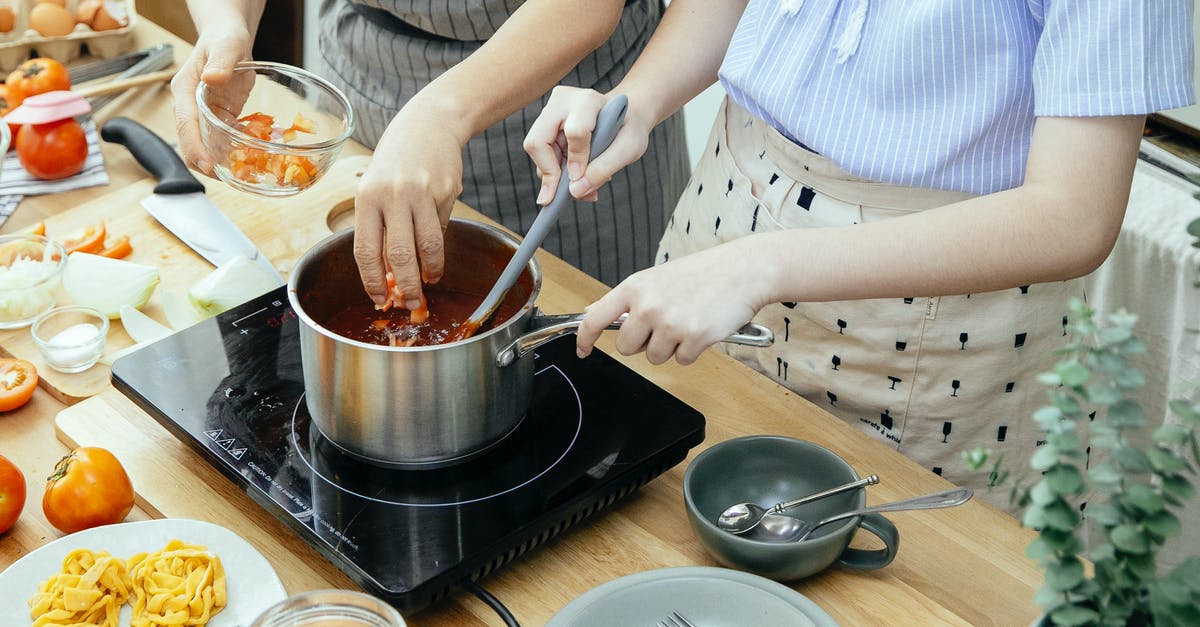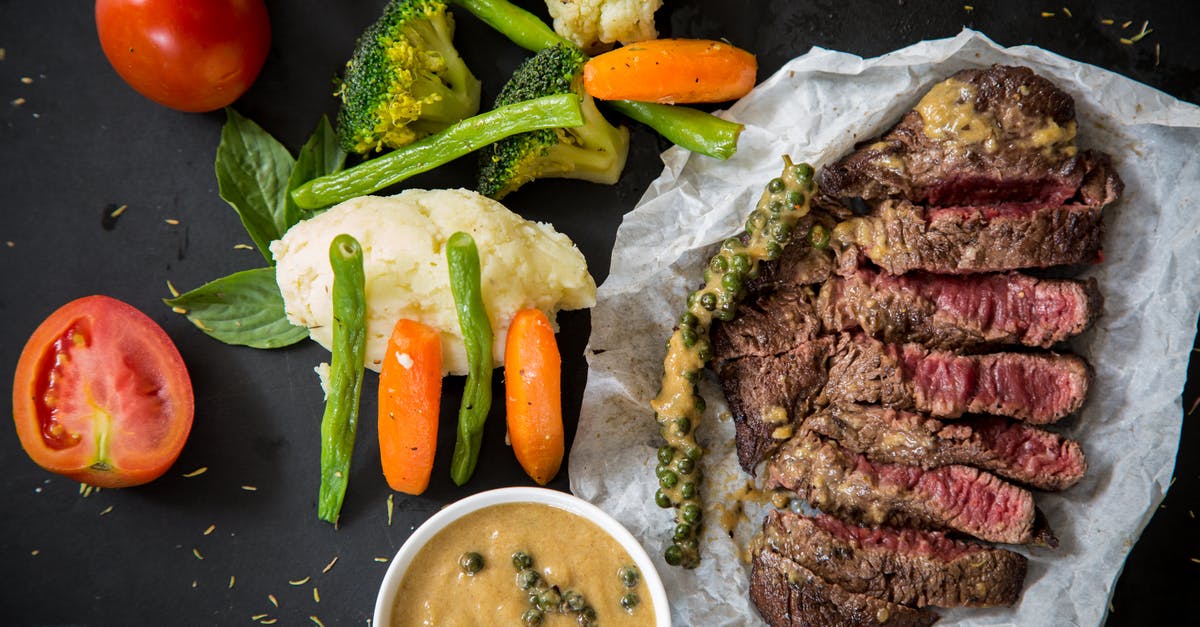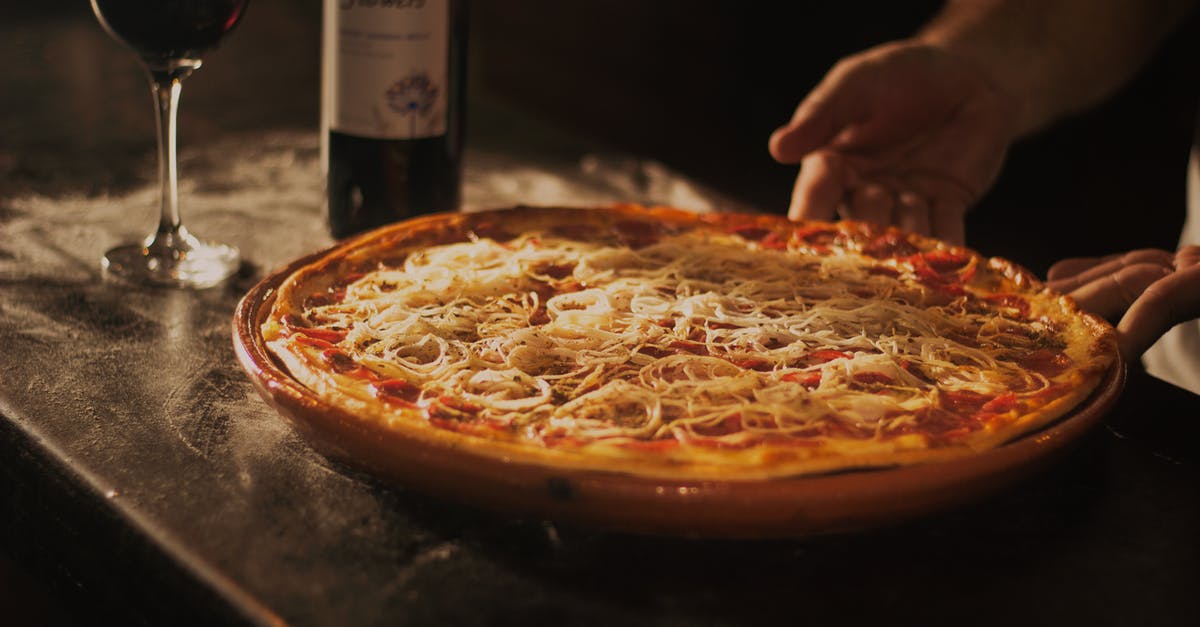'Caramelization' of tomato sauce in slow cooker

For the last few years I've made my tomato sauces in a slow cooker ('crock pot'), or actually, in a machine that is sold as a 'plate warmer' but works great for low temperature cooking. I pre-heat the ingredients on my stove, then transfer it to the slow cooker for 10 or 14 hours to let all the flavors blend, then I puree and can the result. When I first learned this technique, I was told not to stir the sauce, because the long cooking time makes the sugars at the top caramelize and that would bring out a great sweet flavor. Indeed the top, after being in the cooker for that long, browns a bit, and the flavor is great.
However, recently I was learning a bit more about caramelization to understand my baking better, and it turns out that there are no sugars that caramelize at temperatures < 110 °C. So now I'm wondering - is this caramelization of my tomato sauce just a myth? The machine only goes up to 90 °C. I've checked the temperature at various depths in my sauce with an infrared thermometer, and indeed the temperature is nowhere higher than that. Anyone have more than anecdotal information on the chemistry of making tomato sauce?
Best Answer
Short answer: if it doesn't get heated to the caramelization temperature then it does not caramelize. The science is here, and it says you need at least 110 °C for fructose.
Browning in your case is probably not caramelization, but a Maillard reaction, which
is a chemical reaction between an amino acid and a reducing sugar, usually requiring the addition of heat.
Maillard reaction can happen at lower temperatures if given enough time.
Lifted directly from this very useful answer that cites the excellent Harold McGee's book On Food and Cooking (emphasis mine):
There are exceptions to the rule that browning reactions require temperatures above the boil. Alkaline conditions, concentrated solutions of carbohydrates and amino acids, and prolonged cooking times can all generate Maillard colors and aromas in moist foods. For example, alkaline egg whites, rich in protein, with a trace of glucose, but 90% water, will become tan-colored when simmered for 12 hours. The base liquid for brewing beer, a water extract of barley malt that contains reactive sugars and amino acids from the germinated grains, deepens in color and flavor with several hours of boiling. Watery meat or chicken stock will do the same as it's boiled down to make a concentrated demiglace. Persimmon pudding turns nearly black thanks to its combination of reactive glucose, alkaline baking soda, and hours of cooking; balsamic vinegar turns nearly black over the course of years!
So in your temperature range:
- ~212-300 °F (100-150 °C) - Maillard gets slower as temperature goes lower, generally requiring many hours near the boiling point of water
- ~130-212 °F (55-100 °C) - Maillard requires water, high protein, sugar, and alkaline conditions to advance noticeably in a matter of hours; generally can take days
Pictures about "'Caramelization' of tomato sauce in slow cooker"



How long does it take to caramelize tomato paste?
Simply, cook the tomato paste in olive oil, using a 2:1 ratio of paste to the oil. Cook over medium heat, stirring frequently until the color changes from a bright red color to a dark orangy-red rust color (pincer). In about 5-minutes, the paste has caramelized unlocking amazing flavor.How do you make tomato sauce in a slow cooker?
Mix onion, oil, tomato paste, garlic, oregano, vinegar, sugar and 1 teaspoon salt in a 6-quart or larger slow cooker. Place the tomatoes on top. Cover and cook for 2 hours on High or 4 hours on Low. Puree with an immersion blender or in a regular blender in batches until chunky.Can you cook tomato sauce too long?
Be careful not to overcook. Since some tomato sauces are ruined by overcooking, always reheat to hot, but take care not to continue cooking the sauce. If you are using fresh tomatoes in your recipe, taste before buying. The words "vine-ripened" are no assurance of good taste.How long should tomato sauce cook?
Cooking time Del Conte explains that "to make a good tomato sauce, you can either cook the tomatoes for a very short time or let them bubble for at least 40 minutes", because they only begin to release their acid juices after about 10 minutes, and these take at least half an hour's simmering to evaporate.Sources: Stack Exchange - This article follows the attribution requirements of Stack Exchange and is licensed under CC BY-SA 3.0.
Images: Katerina Holmes, Katerina Holmes, Malidate Van, Edward Eyer
